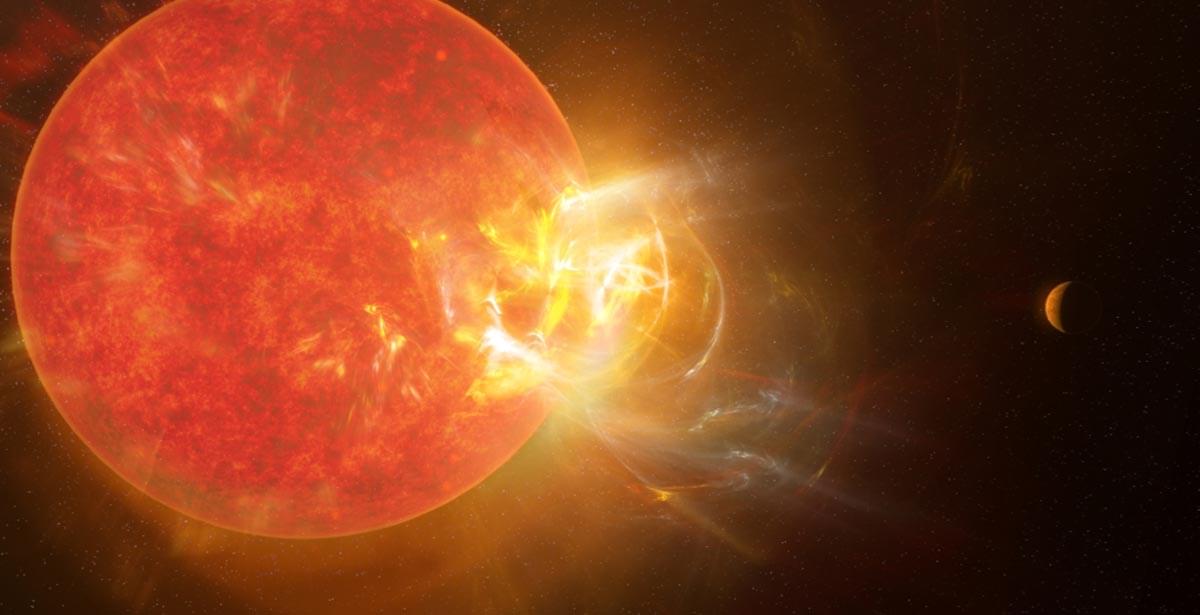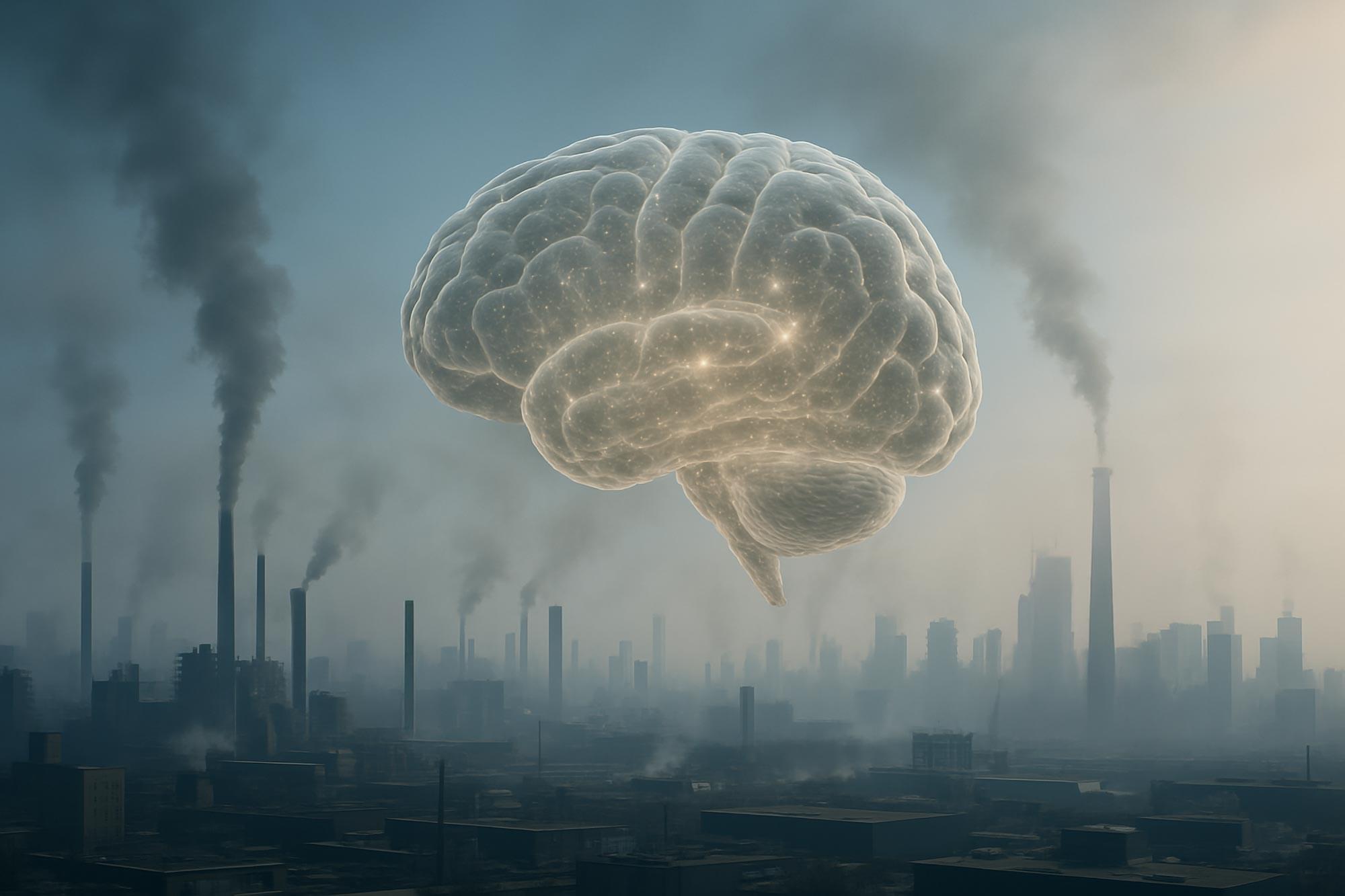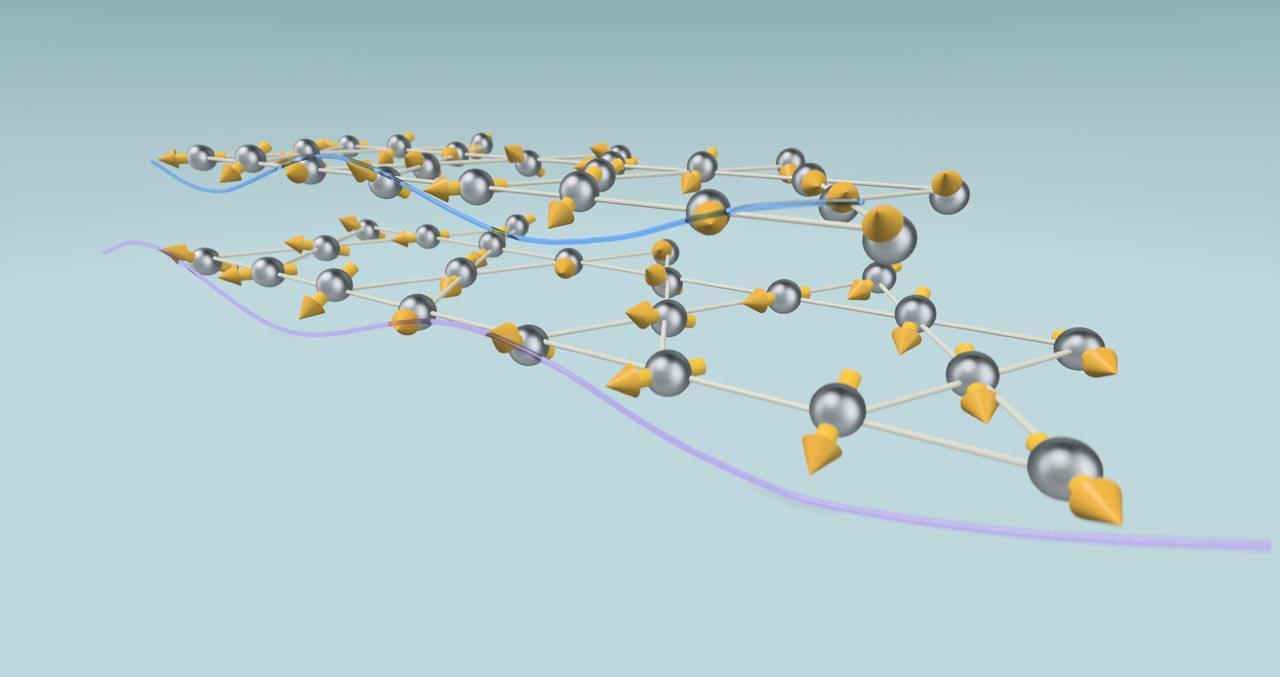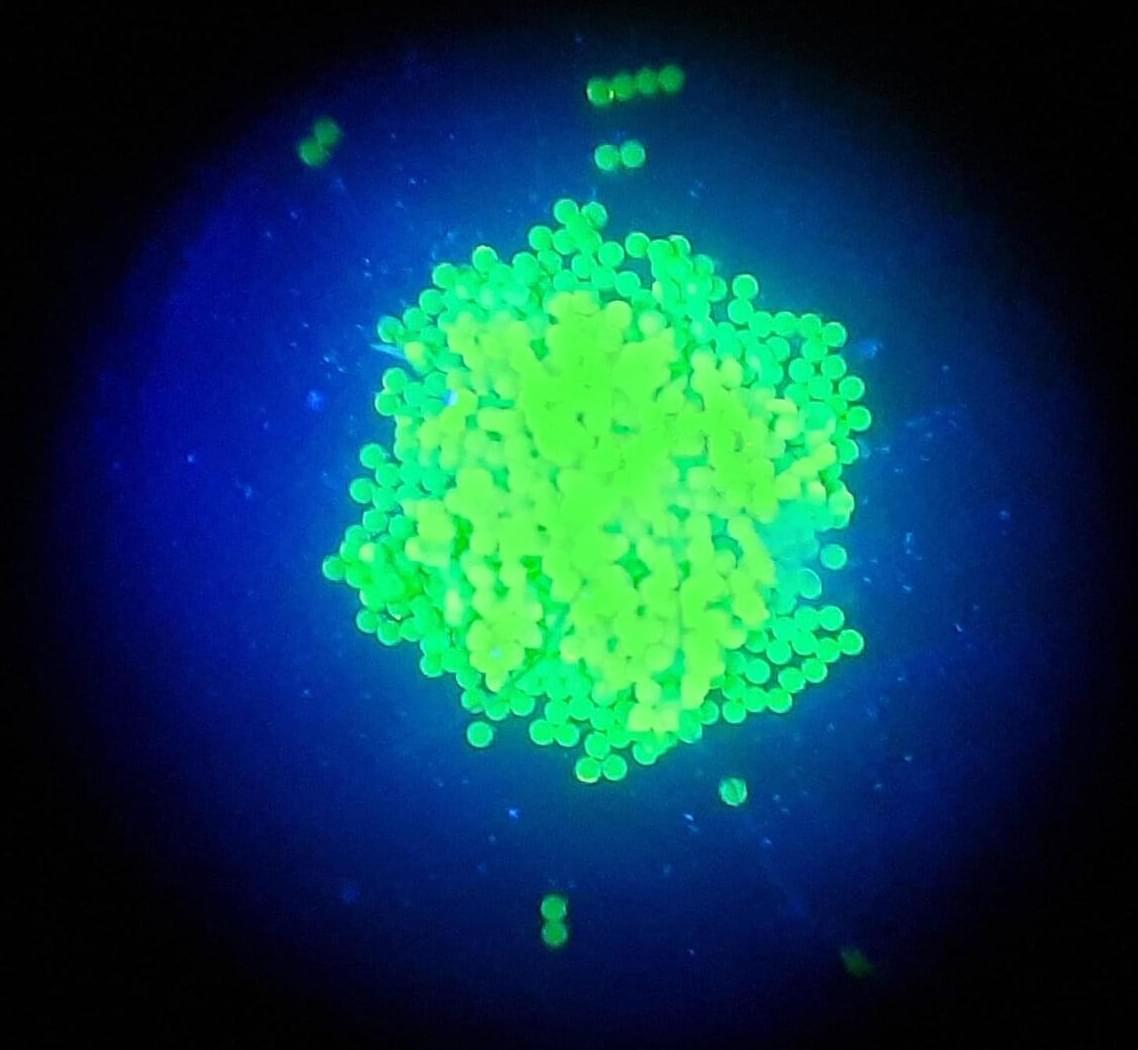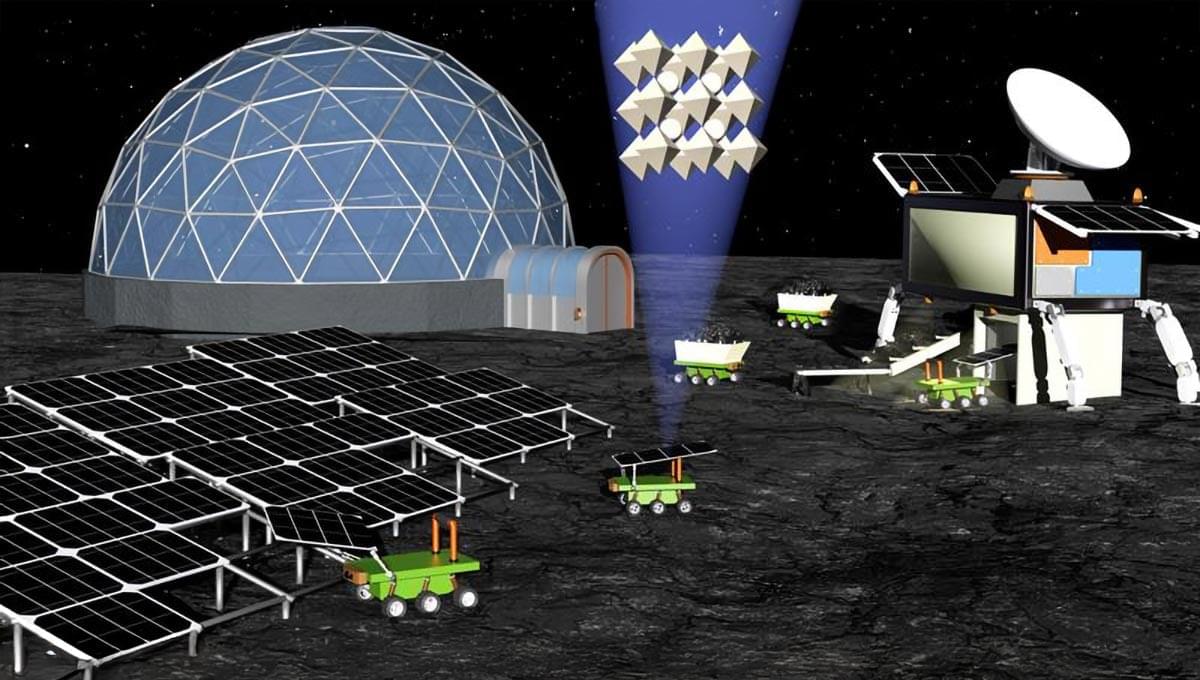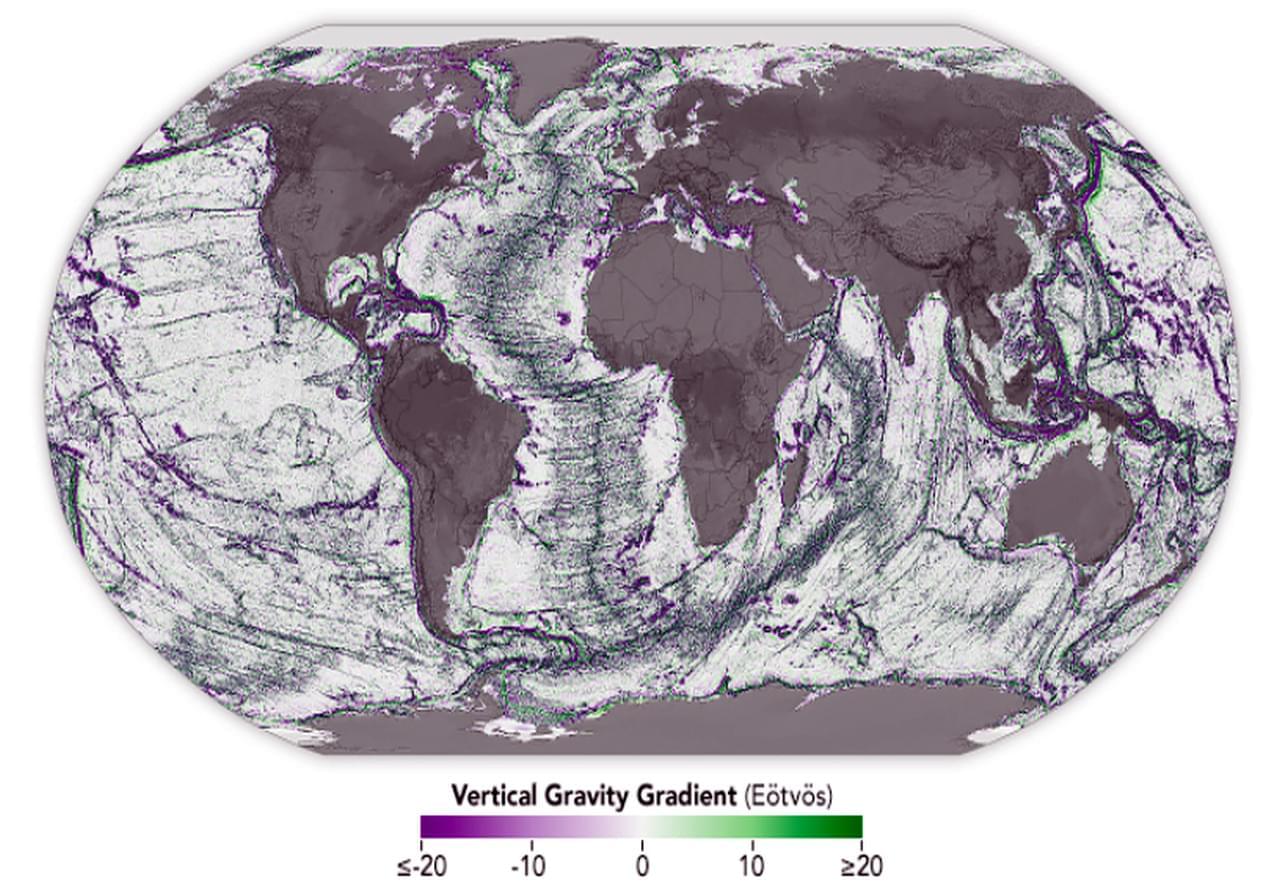Located just over four light-years away, Proxima Centauri is our closest stellar neighbor and a highly active M dwarf star. While its frequent flaring has long been observed in visible light, a recent study using the Atacama Large Millimeter/submillimeter Array (ALMA) reveals that Proxima Centauri also exhibits intense activity at radio and millimeter wavelengths. These observations provide new insights into the particle-driven nature of its flares and raise important questions about the star’s impact on the habitability of its surrounding planets.
Proxima Centauri is known to host at least one potentially habitable, Earth-sized planet within its habitable zone. Like solar flares on our Sun, Proxima’s flares emit energy across the electromagnetic spectrum and release bursts of high-energy particles known as stellar energetic particles.
The intensity and frequency of these flares could pose a serious threat to nearby planets. If powerful enough, they can erode planetary atmospheres, stripping away critical components like ozone and water, and potentially rendering these worlds uninhabitable.
